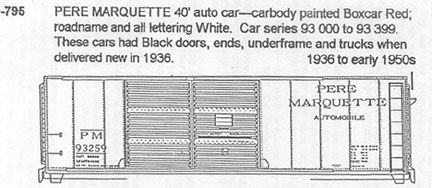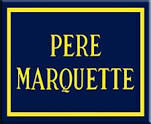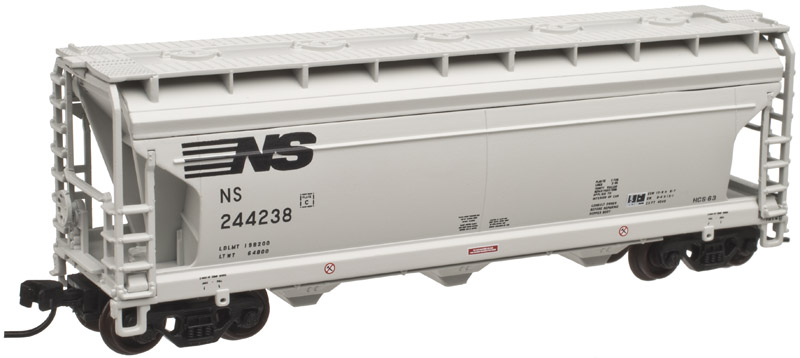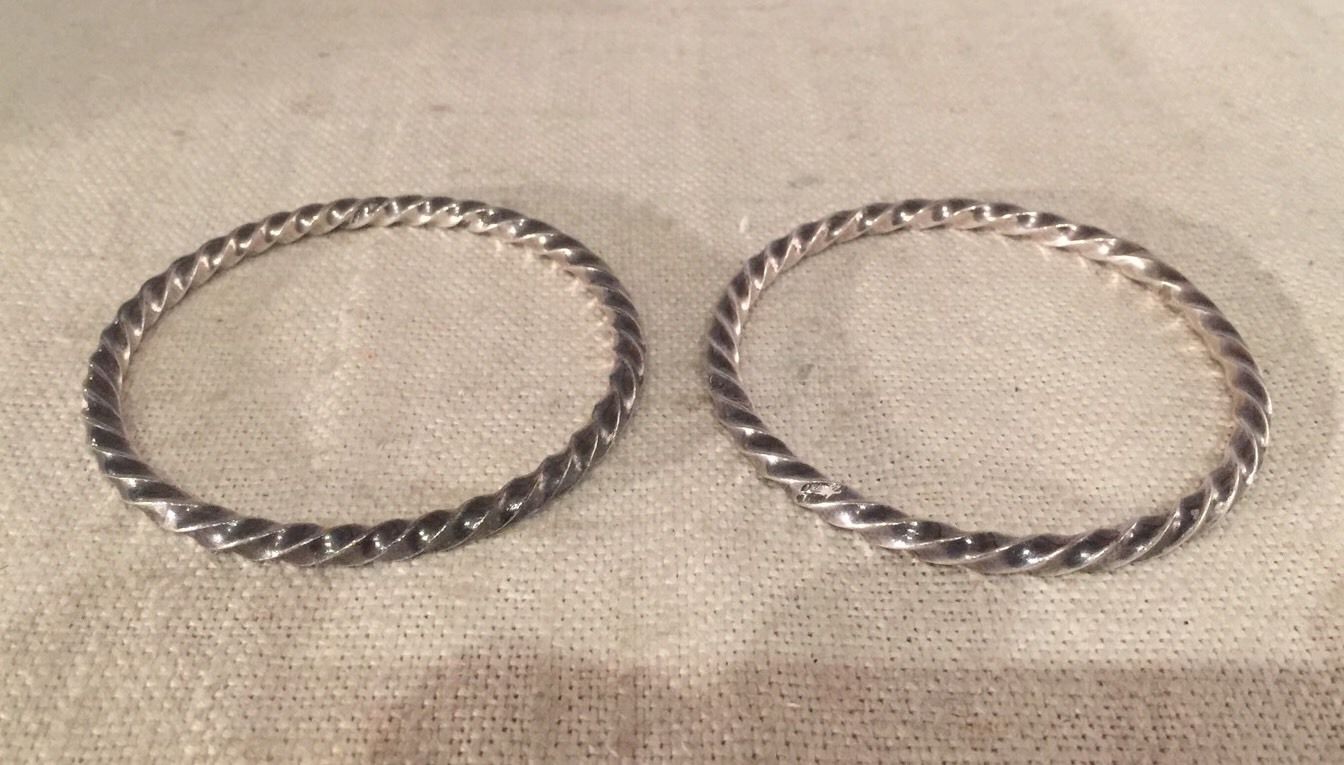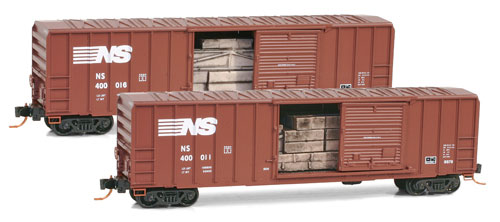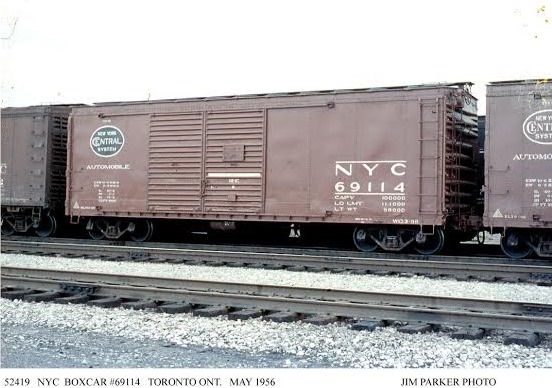CDS Dry Transfer Lettering - 795 - Boxcar, 40 Foot, Steel Double Door - Pere Marquette - 93000-93399
| Stock Number | 795 |
| Original Retail Price | $2.40 |
| Brand | CDS Dry Transfer Lettering |
| Manufacturer | CDS Dry Transfer Lettering |
| Body Style | CDS Dry Transfer Decals |
| Prototype Vehicle | Boxcar, 40 Foot, Steel Double Door (Details) |
| Road or Company Name | Pere Marquette (Details) |
| Reporting Marks | PM |
| Road or Reporting Number | 93000-93399 |
| Print Color(s) | white |
| Item Category | Accessories |
| Model Type | Decals |
| Model Subtype | Railroad |
| Model Variety | 40 Foot |
| Prototype Region | North America |
| Prototype Era | NA Era III: Transition (1939 - 1957) |
| Scale | 1/160 |
Model Information:
Dry Transfer Decals
Prototype History:
Steel boxcars became a common site in the post-WWII period (also known as the transition era). Steel construction resulted in a lighter, lower-maintenance car that was less expensive to acquire and operate. The economies of scale that happened during the war along with a cessation of orders from the military resulted in a plentiful, inexpensive source of metal and aluminum for the railcar manufacturers which in turn led a complete replacement of the aging wood-sheathed fleets with new steel cars.
One common variation of the ubiquitous 40 foot steel boxcar was the double-sliding door variation. This configuration allowed for easier loading and unloading of larger objects. A common use-case was automobile transportation. In the modern era, we are used to seeing huge autoracks with up to three levels of cars stacked one on top of the other, but back during the transition era, these beasts did not exist, and car were loaded onto boxcars with this special door configuration. Although this type of car was used for other bulky objects, they were frequently labeled 'Automobile' on the sides to clearly indicate to potential customers that the railroad had the capacity to transport this large bulky objects with their fleet.
One common variation of the ubiquitous 40 foot steel boxcar was the double-sliding door variation. This configuration allowed for easier loading and unloading of larger objects. A common use-case was automobile transportation. In the modern era, we are used to seeing huge autoracks with up to three levels of cars stacked one on top of the other, but back during the transition era, these beasts did not exist, and car were loaded onto boxcars with this special door configuration. Although this type of car was used for other bulky objects, they were frequently labeled 'Automobile' on the sides to clearly indicate to potential customers that the railroad had the capacity to transport this large bulky objects with their fleet.
Road Name History:
The Pere Marquette Railway (reporting mark PM) operated in the Great Lakes region of the United States and southern parts of Ontario in Canada. It had trackage in the states of Michigan, Ohio, Indiana and the Canadian province of Ontario. Its primary connections included Buffalo; Toledo; and Chicago.
The Pere Marquette Railroad was incorporated on November 1, 1899 in anticipation of a merger of three Michigan-based railroad companies that had been agreed upon by all parties. It began operations on January 1, 1900, absorbing the following companies:
The Pere Marquette Railroad was incorporated on November 1, 1899 in anticipation of a merger of three Michigan-based railroad companies that had been agreed upon by all parties. It began operations on January 1, 1900, absorbing the following companies:
- Flint & Pere Marquette Railroad (F&PM)
- Detroit, Grand Rapids & Western Railroad (DGR&W)
- Chicago & West Michigan Railway (C&WM)
Brand/Importer Information:
CDS (or C-D-S) Dry Transfer Lettering was sold in 2011, but some of their products are still out there (in 2022).
Item created by: james13pugh
on 2022-05-17 15:13:07
Last edited by: gdm on 2022-05-17 17:29:09
If you see errors or missing data in this entry, please feel free to log in and edit it. Anyone with a Gmail account can log in instantly.
Last edited by: gdm on 2022-05-17 17:29:09
If you see errors or missing data in this entry, please feel free to log in and edit it. Anyone with a Gmail account can log in instantly.


